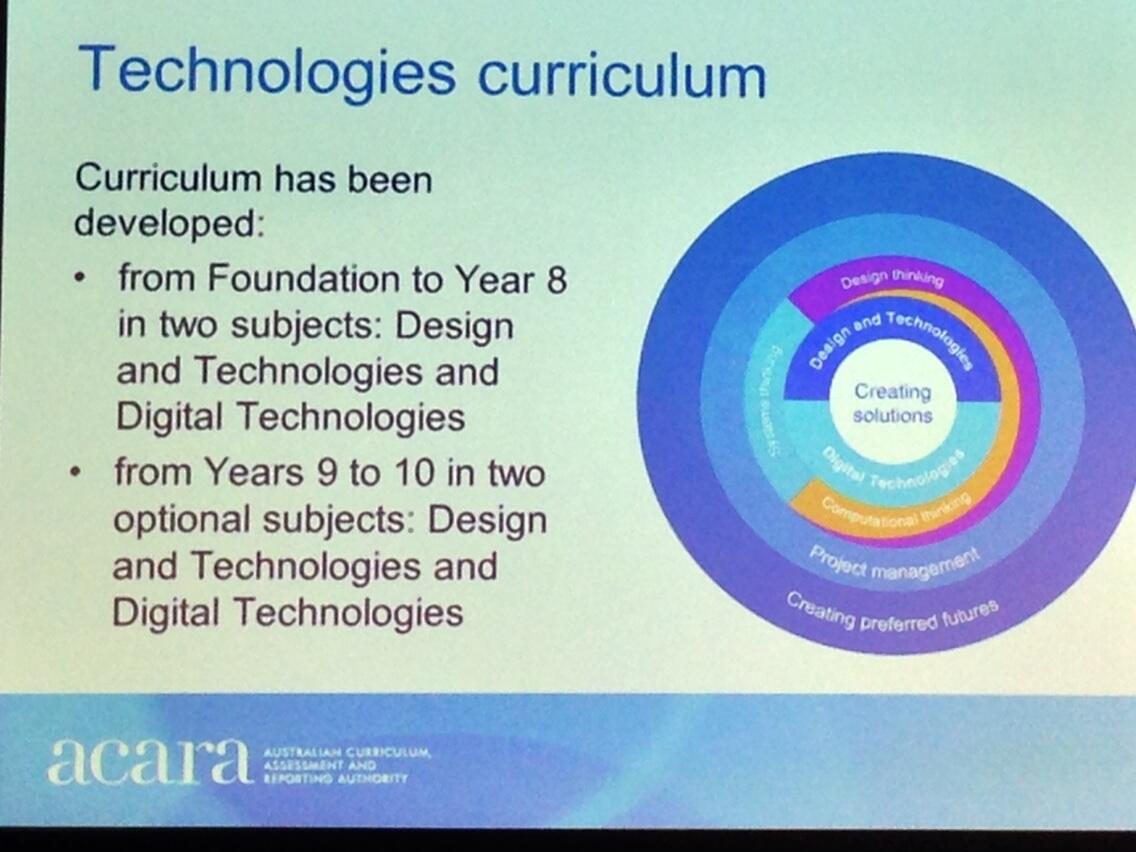Today was the final day. Sessions covered:
- Positive Purpose
- From Discovering to Living

As with most of the course, the Positive Purpose session could equally be used to consider our own search for meaning, as well as providing strategies for exploring purpose with students. One of the key nuggets of gold I will take away was from the introductory session, looking at the value of purpose and meaning. To paraphrase:
Those who have found meaning and purpose are fortunate.
Those who are searching for meaning and purpose are fortunate.
It is certainly true. Both the pursuit and the finding of purpose are valuable experiences. The state to guard against is purposelessness. Unfortunately, this is often where I see students, especially towards the end of year 10. At this point my thinking links back to earlier discussions of fixed and growth mindsets. Students with a growth mindset see the search for purpose as a valuable and challenging experience, those with a fixed mindset can give up, and slip into purposelessness.
In From Discovering to Living we explored the GGS model for the introduction of Positive Education and the related change management. It is based on advice from Martin Seligman:
Learn it, Live it, Teach it, Embed it
In the four-day residential course, we had the chance to learn it and live it. Key to this is the idea of teachers truly living it before teaching it. Positive Education is not something that can simply be dropped into a school. It must be embraced by staff (and maybe even by parents and the school community) before it can be taught to students successfully. However, the model does not stop there. Embedding is about taking Pos Ed beyond the pastoral care program. It needs to infused into the school culture at all levels. It should be:
- Applied in the academic curriculum
- Expressed in assessment and reporting
- Embedded in behaviour management policies and practices
- Central to staff evaluation, feedback and professional development
- Promoted and explained in parent communications and newsletters
Bringing together all of these aspects will support culture change, and allow the full, deep and authentic practice of Positive Education.
So there it is, we have come to the end of the course. Probably the most intensive, but also the most meaningful and worthwhile training I have ever attended. I can’t wait to get home, share with my family and colleagues and start my new way of thinking and teaching.
I thank my family for their love and support, without which none of this would be possible.


![000_0155[1]](https://dradenozine.files.wordpress.com/2014/09/000_01551.jpg?w=611&h=458)




















